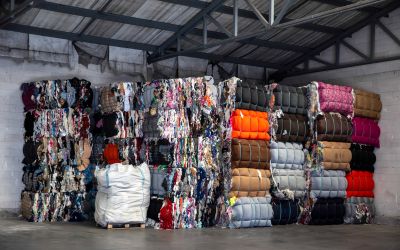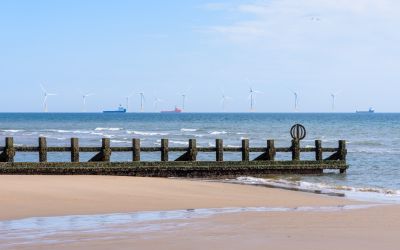Rotterdam committed to designing a flood-proof city
Rotterdam, the renowned Dutch university city, is developing a creative new infrastructure to make the city more flood-proof and resilient to climate change.
_813_540_80.jpg)
Rotterdam, the renowned Dutch university city, is developing a creative new infrastructure to make the city more flood-proof and resilient to climate change.
Most of the Netherlands is below sea level and have typically used dykes and barriers to combat flooding. However rainfalls are now heavier and more unpredictable and therefore the city has had to develop alternative adaptation strategies, for example innovative sponging and water storage design.
Rotterdam is surrounded by water on four sides and the city is struggling to flush the storm water away when it breaches the barriers. Therefore it has developed a climate change adaptation strategy that turns every possible area into water storage. Squares are being set lower than the surrounding street to collect water, and pavements are being designed to act as water plazas. The city has also built more conventional water storage facilities, for example an underground parking facility that has a basin the size of four Olympic swimming pools. Green roofs and green walls are also being used to absorb excess water.
Rotterdam is also embracing its neighbouring water infrastructure by building a floating neighbourhood, to be completed within the next three years, with more planned for the future. The neighbourhood will include homes, offices, a school, a park and a dairy factory. Furthermore, a floating pavilion in the inner harbour is being used as a conference centre.
Rotterdam is acting as a living showcase of climate change adaptation. Local companies involved in the building of the innovative solutions have reported that they are doing good business and selling their expertise to other cities. In the past the Netherlands exported dykes, it is now exporting innovative climate change solutions. City representatives from around the world now regularly arrive to study Rotterdam's climate change adaptation.
Despite the innovative sponging and water storage developments, Rotterdam's inhabitants still aren’t fully protected against floods. However, the alternative is to seal off certain neighbourhoods during storms, which is not a realistic option given the high population density within the city. The population will therefore have to accept that the city will encounter floods annually and the crucial issue is to make sure that houses do not get flooded alongside this.
In an initial step towards addressing this issue, one neighbourhood is now fully storm-adapted. Every household has moved their wiring from the basement to an upper floor to prevent power outages when the basement is flooded, and replaced wooden floors with more water resistant floor coverings. Further steps for the city as a whole include subsidising green roofs with a 50% discount, and training roofers to install them rather than asphalt ones. Rotterdam has planted 140,000 square meters of green roofs since 2008 and expects to have over 200,000 square meters by next year.






